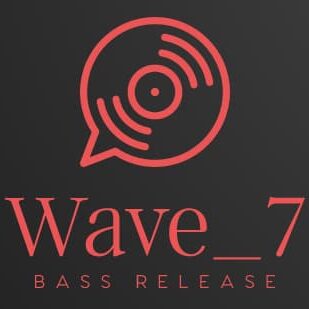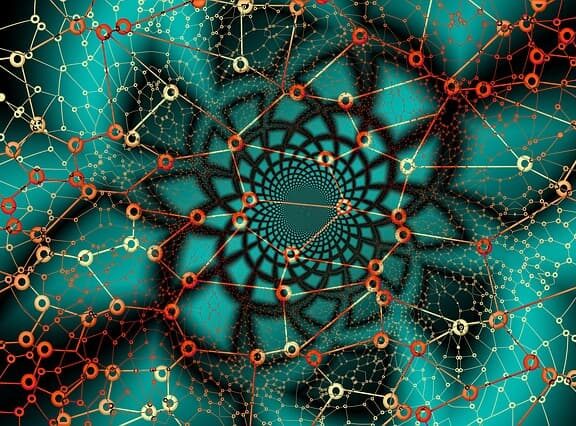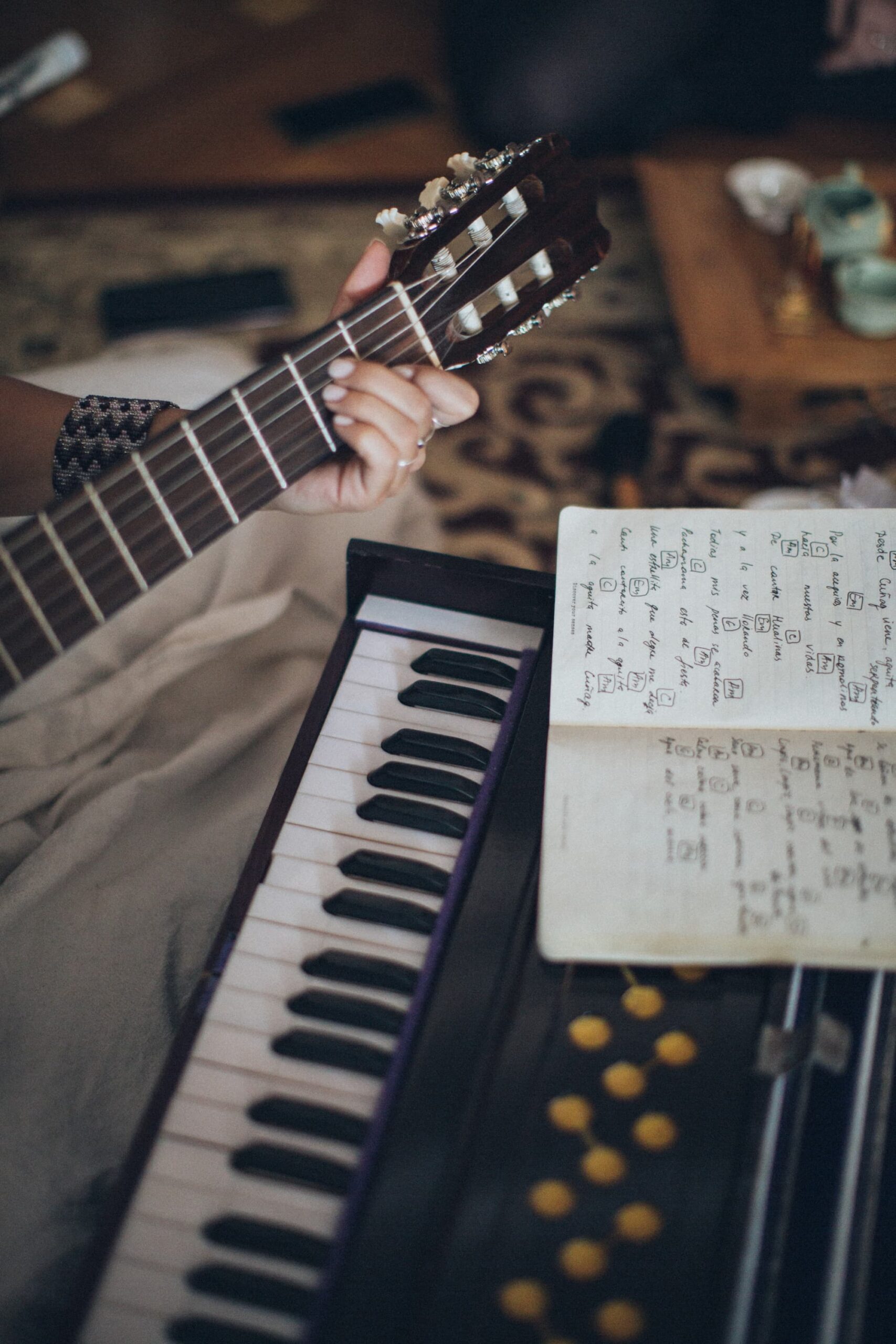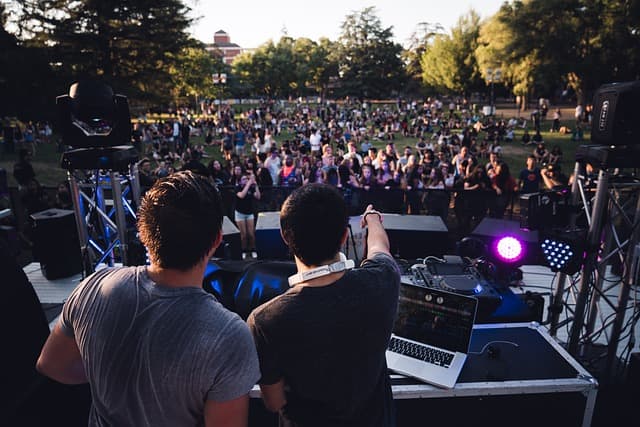Electronic music is rich in genres. Rave. Techno. House. Trance. Hardcore. Dubstep. Trap. They are different from each other, but how? GOODBYE OFFICE will help you understand all the variety of genres in the dance scene.
Electronic music or EDM
Also known as dance music, club music, or just dance music. Electronic music is a variety of beat-driven genres of electronic music, usually designed for nightclubs, raves, and festivals. EDM is created to be played by DJs who smoothly sound out samples of tracks, called mixes or sets, moving from one track to another.
In the late ’80s and early ’90s, after the emergence of raves, pirate radio stations and the growth of interest in club culture, electronic music or EDM became widely popular in Europe. In the U.S. at the time, there was no recognition of dance culture as such. Although Electro and Chicago House were highly influential in both Europe and the states, the mainstream media and the recording industry remained hostile to dance culture. The connection between EDM and drug culture was obvious. This led state and city governments to implement policies to prevent the spread of rave culture.
Subsequently, in the new millennium, EDM’s popularity increased worldwide. By the early 2010s, the American music industry and the music press had adopted the term “electronic dance music” and the acronym “EDM” in an attempt to rebrand American rave culture. Electronic music has become globally recognized. Although the music industry is trying to create a specific brand of EDM, the acronym is still used as a generic term for many genres including Dance-pop, House, Techno, Trance, Drum and Bass, Dubstep, Trap, Footwork and their sub-genres.
History
Club music abounds in different genres. EDM genres such as: House, Techno, Dance-pop, etc. have evolved over the past 40 years. A stylistic change in a particular EDM genre leads to the emergence of a so-called sub-genre. Hybridization, in which elements of two or more genres are combined, results in an entirely new EDM genre.
Background
Electronic dance music was created in the late 1960s by the band Silver Apples. Other early examples of music that influenced later electronic dance music include the Jamaican Dub of the late 1960s and early 1970s, the synthesized Disco music of Italian producer Giorgio Moroder of the late 1970s, and the Electro-pop of Kraftwerk and Yellow Magic Orchestra of the mid to late 1970s.





